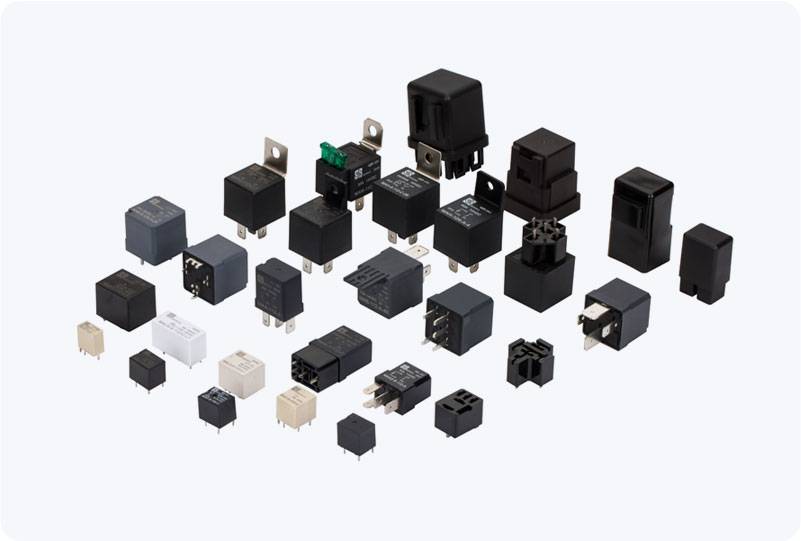When driving at night, headlights are one of the most important components of a vehicle’s safety system. They provide the necessary illumination to navigate dark roads and ensure that the driver can see and be seen by others. However, headlights are not just simple bulbs; they rely on a complex electrical system to function properly. One of the critical components in this system is the automotive relay for headlights. This small yet essential device plays a crucial role in ensuring that headlights operate efficiently, reliably, and safely.

What is an Automotive Relay for Headlights? An automotive relay is an electrically operated switch that allows a small current to control a larger current. In the case of headlights, the automotive relay acts as a gatekeeper between the headlight switch and the high-power electrical circuits that control the headlights. By using a relay, the vehicle’s headlight system can handle large amounts of power without overloading the smaller, low-voltage control circuits. The Functionality of a Headlight Relay The main function of the automotive relay is to switch the electrical current on and off to the headlights. When the driver turns on the headlights, the switch sends a low-voltage signal to the relay. The relay then activates an electromagnet that closes the circuit, allowing high current to flow from the vehicle’s battery to the headlights. The relay ensures that the headlight bulbs receive the appropriate amount of power without risking damage to other components of the electrical system.